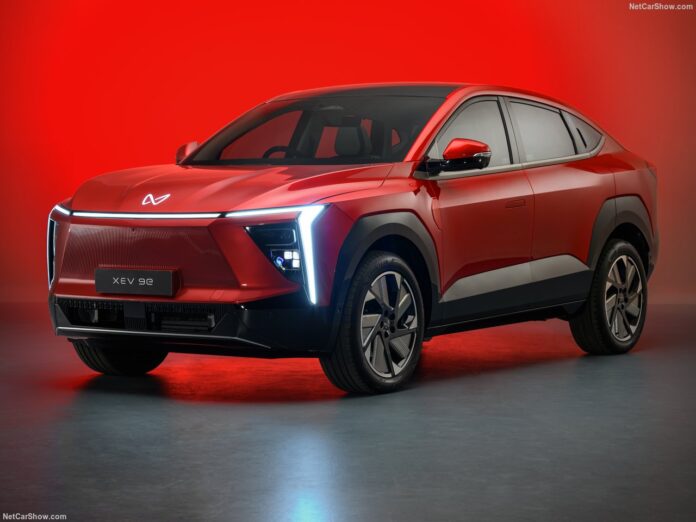Indian Car Market in 2025 keeps stagnating. YTD sales up to September fell 0.1%, with Mahindra rose 16.1% in 2nd, eyeing top spot as leader Maruti fell 16.1%. Skoda rises quickly as new contender, up 125.7% in 7th.
Economic Environment
In 2025, India’s GDP is expected to grow between 6.5% and 6.8%, with stronger domestic demand in the second half of the fiscal year, driven by increased government spending. While the first half saw slower growth due to lower government capital expenditure and global uncertainties, India’s capital markets remained resilient, largely due to rising domestic institutional investor (DII) participation. Rural consumption remains strong, supported by robust agricultural growth, while the services sector, particularly finance and real estate, continues to drive expansion.
Manufacturing exports of high-value goods like electronics and pharmaceuticals are growing, though overall exports remain vulnerable to global trade disruptions. Inflation, while a concern, is expected to stabilize with government interventions and strong agricultural output. Foreign investor outflows caused market volatility, but the increasing influence of domestic investors has cushioned the impact. Looking ahead, the government is likely to prioritize capital investment, infrastructure development, and financial market participation in its upcoming budget. Labor market improvements and skill development initiatives will be crucial for sustaining long-term growth and attracting global investment.
Automotive Industry Trend and Outlook
Kia ranked in 6th (+7.2%), followed by Skoda -up 4 spots- in 7th (+125.7%), Honda -down 1 spot- in 8th (-16%), Volkswagen -up 1 spot- in 9th (-7.7%) and Renault -down 1 spot- in 10th (-19.5%).
Looking at the top selling models, reported in the dedicate article, the Maruti Dzire surged 7 spots and became the best-seller, up 21%. The Hyundai Creta followed in 2nd with a 7.7% increase in volume.
EV Market Trend and Outlook
Looking at EV rankings by brand, Mahindra rose to the top, growing 580.6% and overtaking MG in 2nd, which lost 28.8%.
Medium-Term Market Trend
Starting in 2014, India’s automotive industry experienced steady growth, fueled by rising incomes, urbanization, and accessible financing. By 2018, the market had expanded 23.3% from 2014 levels, reaching 3.38 million units.
However, a downturn began in 2019, continuing through the COVID-19 pandemic, with sales declining from nearly 3 million to 2.5 million by the end of 2020. This decline wasn’t due to structural economic issues, as sales rebounded swiftly post-pandemic. In 2021, sales surged 26.9% past 3 million, followed by a 22.9% increase in 2022 to a record 3.86 million units. The market crossed 4 million in 2023, growing 7.3%, and in 2024, sales accelerated 4.7% to 4.35 million units.
This trend reflects Asia’s strong post-pandemic recovery, in contrast to Europe, as the region adapts well to shifting market sentiment, EV adoption, and supply chain disruptions, particularly in microchip production.
India’s EV sector mirrored this growth, benefiting from a favorable economic outlook, government support, and local brand investments. EV sales nearly tripled in 2023, then accelerated 22.7% in 2024, with Mahindra leading the charge.
Tables with sales figures
In the tables below we report sales for top 10 Brands, top 10 Manufacturer Groups and top 10 Models.











